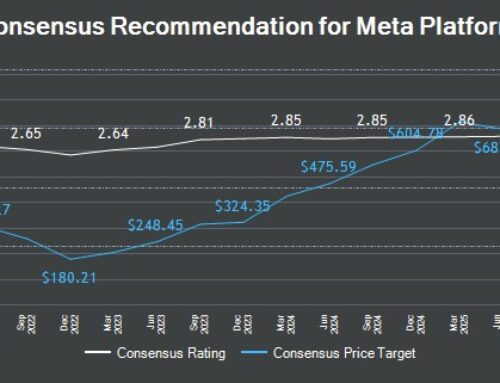California Is World’s Biggest Legal Pot Market – Projected to grow to $3.1 billion in 2019
August 20, 2019
Regulatory issues notwithstanding, California’s legal cannabis market is currently on track to becoming the world’s largest market, according to a new report issued by leading industry researchers Arcview and BDS Analytics. For 2019, the state is projected to grow 23 % in sales, racking up $3.1 billion.
Said Arcview CEO Troy Dayton: “Despite the burdens imposed on the legal market by regulators, with a $2.7 billion gross domestic product, California has the world’s largest legal cannabis market and will continue to be until federal legalization makes it merely a part of the larger U.S. market. At that point, California will assume its usual place in the world economy as a major exporter of agricultural commodities and their derivative products, a technology mecca, and consumer product trendsetter.”
In addition to its regulatory setbacks, which has resulted in California having a relatively low number of retailers for its population, with only one licensed retailer for every 35,147 adults over the age of 21 (versus Oregon, which has one dispensary for every 5,567 adults over 21 and Colorado, which has 4,240 adults age 21 and over for each retailer), the state’s medical cannabis market has been adversely affected by the legalization of adult-use marijuana. According to the report, entitled “California: Lessons From the World’s Largest Cannabis Market,” revenue for the medical sector dropped from $3 billion in 2017 to $2.5 billion in 2018. While some states, such as Colorado, Washington and Oregon, have experienced the doubling of consumer spending in the wake of adult-use legalization, California has experienced the inverse effect. Much of this is attributable to local bans on commercial cannabis activity, which caused the number of retailers to shrink sharply during the launch of the state’s adult-use program in January. Also, factoring into this equation has been stringent testing regulations that prompted many suppliers to fold as product shortages cut consumer spending dramatically.
Yes, California continues to thrive, even in the face of adversity, said Tom Adams, managing director and principal analyst for Boulder, Colorado-based BDS Analytics’ industry intelligence group. “California companies that survived the dual ‘extinction events’ of 2018 have emerged stronger and well-positioned to grow their market share going forward,” he explained. “More than that, they are battle hardened, and kicked off a merger and acquisition flurry in the first half of 2019 that will allow them to leverage their positions in California to compete across the country.” Adams is also the editor-in-chief for Arcview Market Research, which is part of the Arcview Group and has published over 20 reports analyzing and forecasting the rapidly evolving cannabis space.
Other trends and developments analyzed in the report include:
- California Governor Jerry Brown forecast’s that legal cannabis would bring the state $643 million from cannabis taxes in 2018. In truth, that tax revenue projection fell short, tallying just over $345 million, with $182 million coming from cannabis-specific excise taxes and $36 million from cultivation taxes;
- Thanks to the continuing tax and regulatory issues stemming from the legal market, California’s illicit market continues unabated. The report predicts the state’s black market will make up 53% of all sales in 2024 compared to most other regulation-amenable states whose illicit markets are expected to dwindle to 30% or less of total sales in that time frame; and,
- The average consumer in California is 44 years old. However, young generations are consuming at higher rates, with 39% of Gen Z and millennials identifying as users and 41% of Gen X reporting consuming in the past six months. This is a stark contrast to only 20% of Baby Boomers and older generations.
Search
RECENT PRESS RELEASES
Related Post




